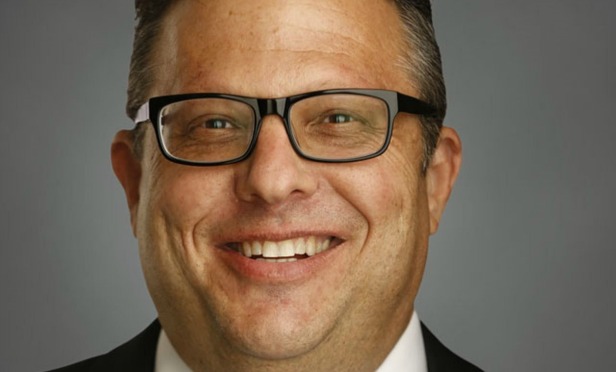Tax Benefits Aren’t The Biggest Benefit of Opportunity Zones
ALM Media ALM MediaApril 25, 2019

Investors are lining up to buy projects in qualified opportunity zones and take advantage of the subsequent tax benefits, but the capital gains tax forgiveness is one of several benefits that come with opportunity zone investments. Access to capital is among one of the major benefits of these zones, starting with cheaper capital.
“Traditional equity capital is focused on the best sponsors, locations, and projects. But, much like EB5—which encourages non-U.S. citizens to invest in real estate in exchange in for a benefit of citizenship from the U.S. government—qualified opportunity zone investors will receive tax benefits for investing in qualified opportunity zones and qualified opportunity zone funds,” Bryan Shaffer, principal and managing director of George Smith Partners, tells GlobeSt.com. “We believe the investor will receive 200 to 400 basis points in tax benefits, so a developer will be able to obtain cheaper capital for projects located within a qualified opportunity zones.”
In addition to cheaper capital, opportunity zones also present a new source of long-term equity, since opportunity zones require a 10-year hold to reap the benefits. “Unlike traditional equity capital, qualified opportunity zone investments require a 10-year hold time to receive the strongest tax benefits, so they will provide a unique source of equity into which investors can eventually tap,” says Shaffer.
The model also gives investors access to cash in certain cases, and in those instances, it may make more sense to pursue an opportunity zone investment rather than a 1031 exchange. “For example, if you are getting $10 million in cash from an investment, and your capital gain is $2 million, with a qualified opportunity zone investment you would defer the payment on the $2 million gain for seven years, and your new investment of that $2 million could end up being tax free—if you hold the investment for 10 years,” says Shaffer. “Plus, you receive access to the other $8 million today. On the other hand, with a 1031 exchange, you would defer all taxes, but the entire $10 million in capital gain must be reinvested. For the small amount you pay on the gain, you access a huge amount of capital vs. a 1031 exchange where you are required to reinvest everything.”
There is also a deadline on these investments—and a pretty short one. That could be seen as an additional benefit as well. “As the law is written today, to receive a 15% basis step-up on the original gain, the taxes on the original gain must be paid in 2026,” says Shaffer. “Therefore, in order to qualify for this tax treatment, the qualified opportunity zone investment must be made by December 31, 2019. The deadline is putting pressure on investors to make their investments in qualified opportunity zones this year, which is one reason why we’re hearing so much about it.”
https://finance.yahoo.com/news/tax-benefits-aren-t-biggest-040035167.html

